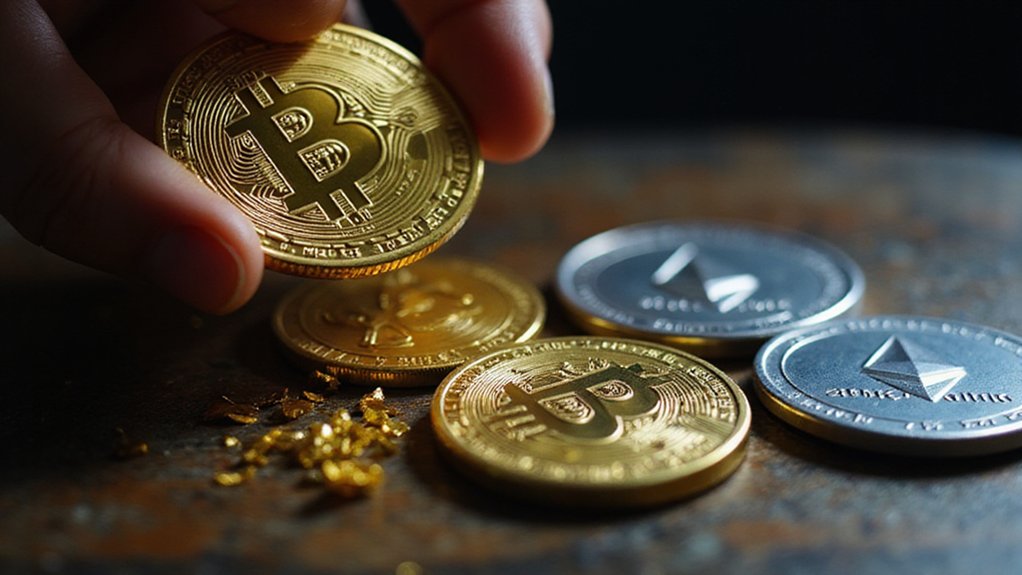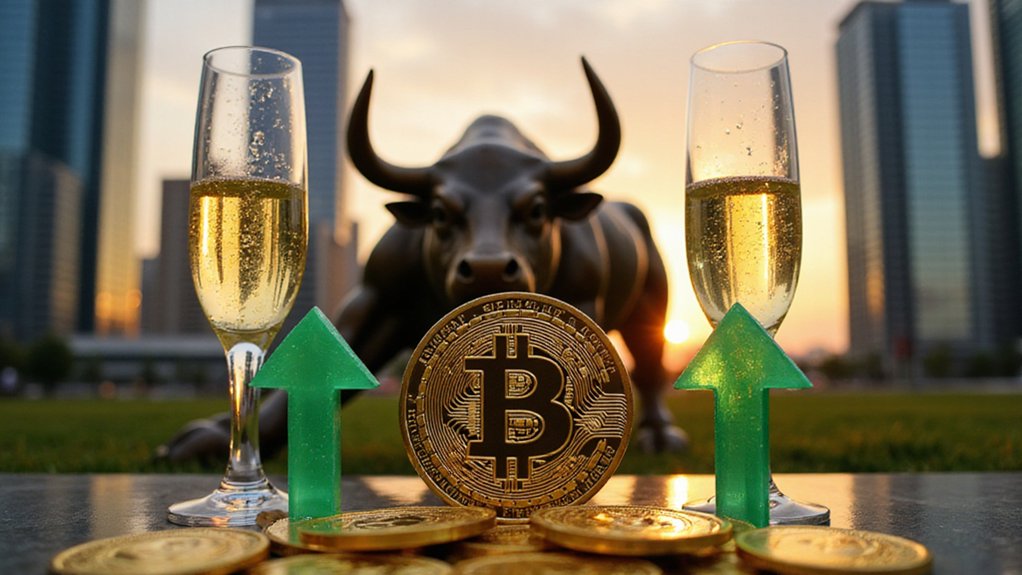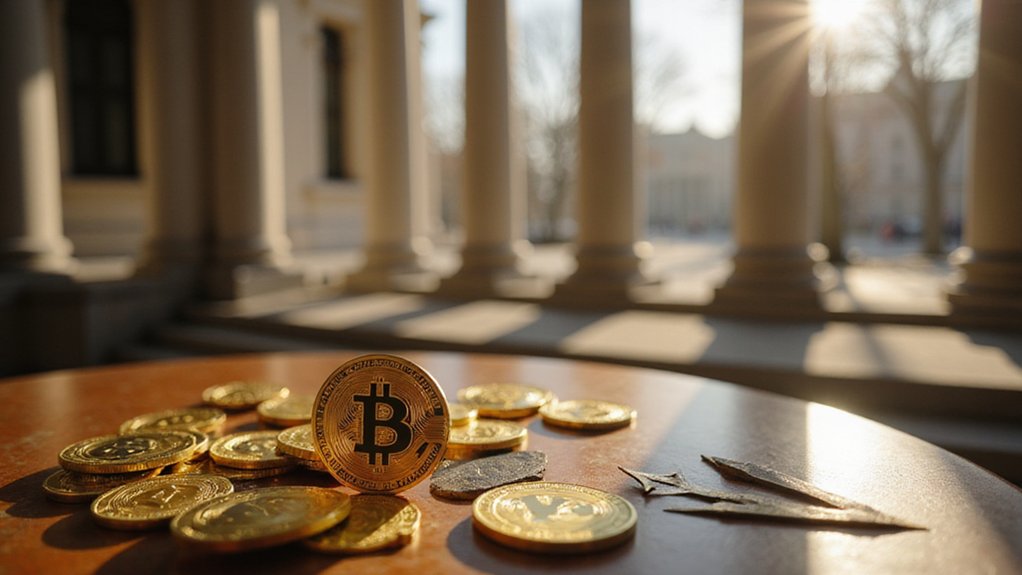While Bitcoin enthusiasts celebrated the cryptocurrency’s meteoric rise above $123,000—a milestone that seemed to validate every maximalist’s fever dream—Robert Kiyosaki, the “Rich Dad Poor Dad” author whose financial prognostications carry the weight of millions of devoted readers, issued a characteristically stark warning about an imminent bubble burst.
Kiyosaki’s prediction extends beyond Bitcoin’s inevitable correction, suggesting that gold, silver, and the digital asset will crash in tandem—a correlation that challenges traditional safe-haven narratives. The irony isn’t lost that an author who built his reputation on contrarian investment wisdom now warns against assets he simultaneously champions.
His strategy? Purchase more Bitcoin and precious metals during the anticipated carnage, embodying the classic “buy-the-dip” mentality that has enriched patient investors across generations.
The timing of this warning appears prescient, considering Bitcoin’s recent 33% correction in 2025 demonstrated the cryptocurrency’s persistent volatility despite institutional adoption. Bitcoin’s market dominance has simultaneously declined to roughly 61%, suggesting capital rotation into alternative digital assets—or perhaps investor fatigue with the flagship cryptocurrency’s wild oscillations.
Critics have noted Kiyosaki’s checkered prediction record, questioning whether his bubble warning represents genuine market insight or performative contrarianism designed to generate attention. The financial media ecosystem thrives on such apocalyptic proclamations, regardless of their eventual accuracy. His previous warnings comparing potential market crashes to the 1929 market crash highlight his tendency toward dramatic historical parallels. Meanwhile, Ethereum and XRP have demonstrated double-digit gains, potentially signaling a broader altcoin resurgence that could further challenge Bitcoin’s market position.
Yet dismissing his concerns entirely might prove premature, given Bitcoin’s speculative nature and the broader economic uncertainties that continue plaguing global markets. The emergence of meme cryptocurrencies like Dogecoin, which achieved an $88 billion peak valuation through social media momentum alone, demonstrates how sentiment-driven market dynamics can create massive bubbles across the digital asset ecosystem.
The debate surrounding Bitcoin’s bubble status reflects deeper questions about asset valuation in an era of unprecedented monetary expansion. While Bitcoin maintains a 26.77% year-to-date gain—respectable by traditional investment standards—the cryptocurrency’s reduced volatility compared to previous cycles suggests either maturation or complacency among investors.
Kiyosaki’s correlation theory between precious metals and Bitcoin during market stress remains untested at scale. Historical precedent suggests that during genuine financial crises, correlations between seemingly unrelated assets often approach unity as panicked investors liquidate positions indiscriminately.
Whether Bitcoin has achieved sufficient institutional acceptance to weather such storms—or if it remains subject to the same speculative forces that drive precious metals during volatility—may determine the accuracy of Kiyosaki’s audacious prediction.









